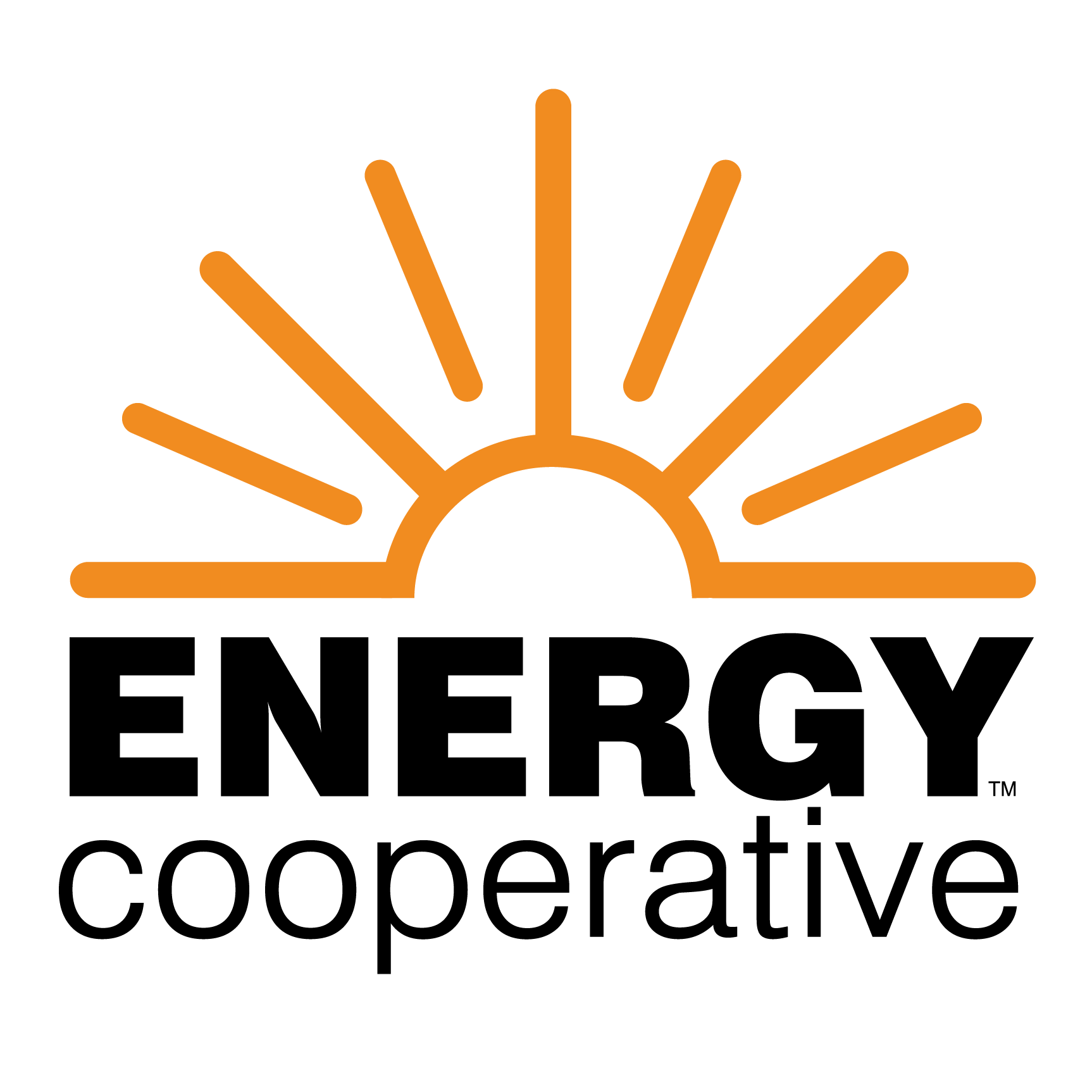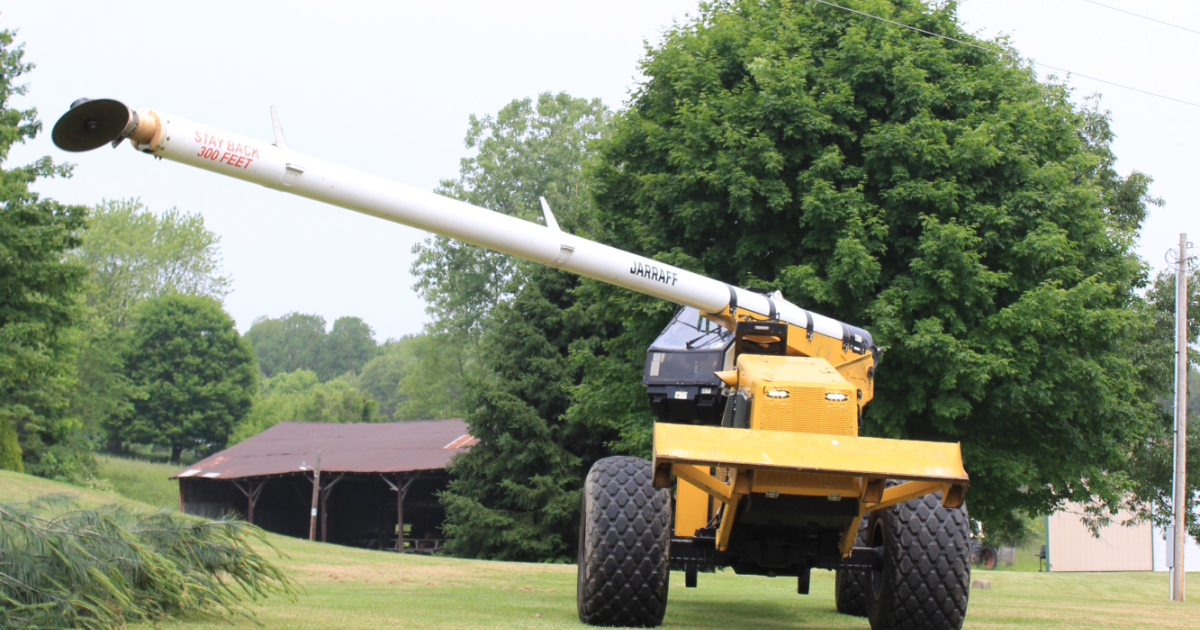Call Us 740-344-2102 Electric Outage 888-535-5732
Right-of-Way
Right-of-Way
To keep electricity reliable and protect our members from any potential electrical hazards, we maintain the right-of-way (ROW) clearing. Trees touching power lines are the most common cause of service outages and “blinks” which can be dangerous.
ROW clearing includes cutting, mowing, and spraying 30 feet from a single-phase line and 40 feet from a three-phase line and certain distances around buried gas pipelines and electric facilities.
The Energy Cooperative uses selective herbicides to remove only unwanted weeds, brush and trees from right-of-ways. This enhances wildlife habitats by promoting grasses, low-growing shrubs, and other ground cover that birds, deer, and small animals prefer.
ROW Clean Up
We clean up maintained yards 1-3 days after trimming. Maintained yards are regularly mowed and look similar to the rest of your property.
We clean up unmaintained yards within a couple of weeks. Unmaintained yards include roadside or back of property areas that are not regularly mowed.
Our clean up consists of removing tree limbs and branches. After we leave, you may need to mow or rake leaves that flew around during the process.
Selective Herbicides
Planting Guidelines
Trees can conduct electricity and create safety hazards if limbs grow too close to electric lines. Electrical arcing from a wire to a nearby branch can cause power outages, fires and other maintenance problems that can be costly.
That is why trees growing near power lines must be pruned to keep a safe distance from the wires. If you have trees growing into power lines, contact us at 740-344-2102. Our team is highly trained to safely trim trees for electric power line clearances.
Trimming from the Sky
In addition to our own Right-of-Way (ROW) crews, we contract with an aerial cutting company to help us keep the power on for our electric members. Their helicopter maintains clearance from our lines in the cooperative’s rights-of-way.
Aviation trimming can reach limbs growing on overhanging power lines that our equipment cannot. It is the most cost-effective and efficient way to keep line clearance and minimize outages for our members.

